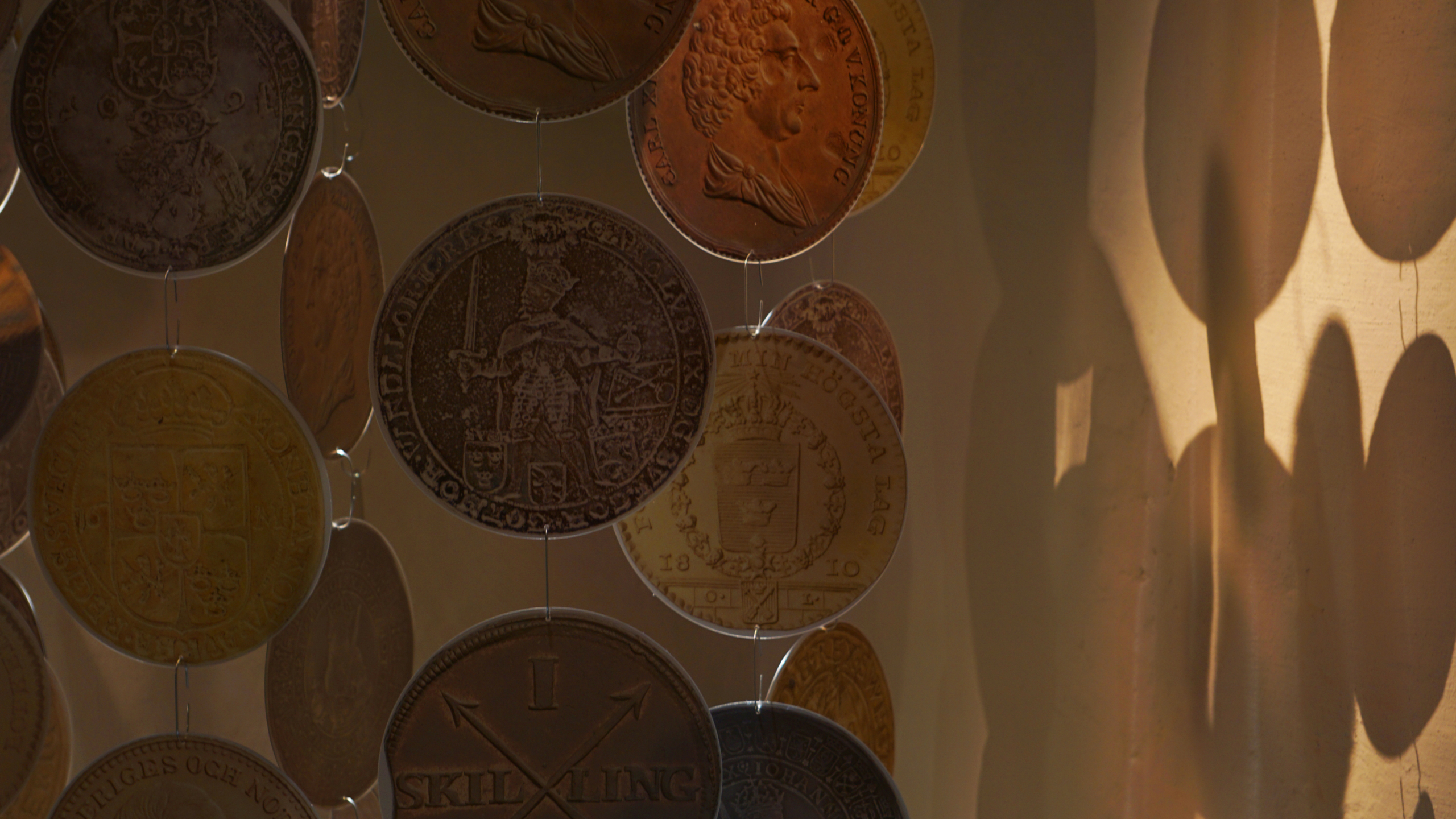200
History of money
Coins weighing 20 kg each, copper coins that led to the execution of a finance minister, and three different “riksdaler” in circulation simultaneously. The evolution of Swedish currency has taken both steady and faltering steps forward. Join us on a journey from barter trade to today’s kronor.
